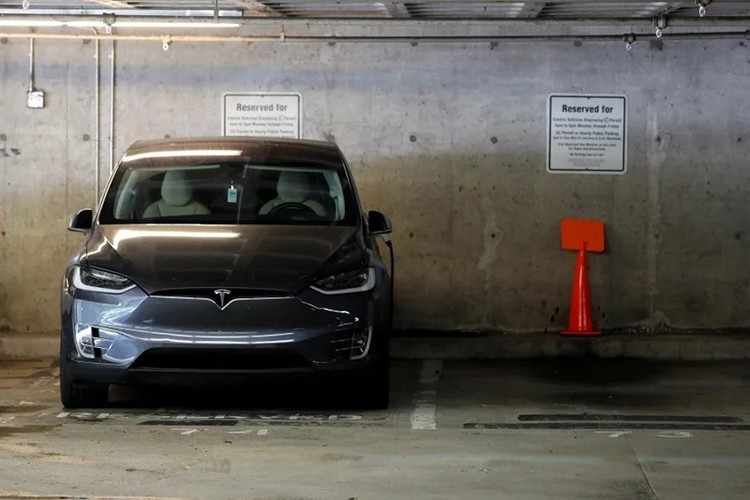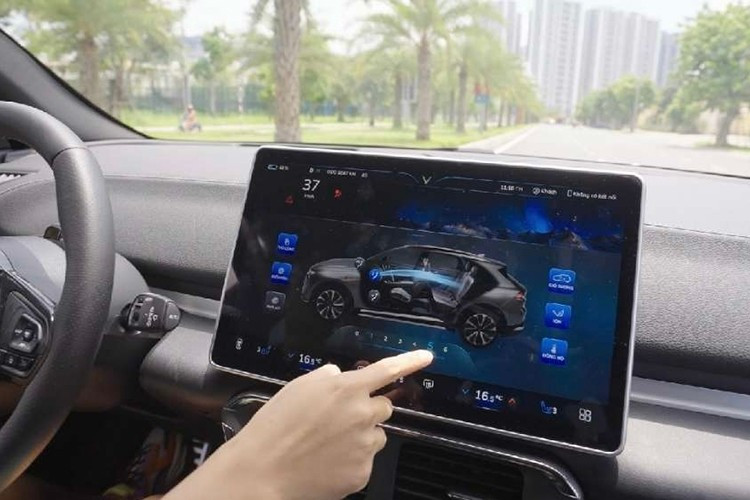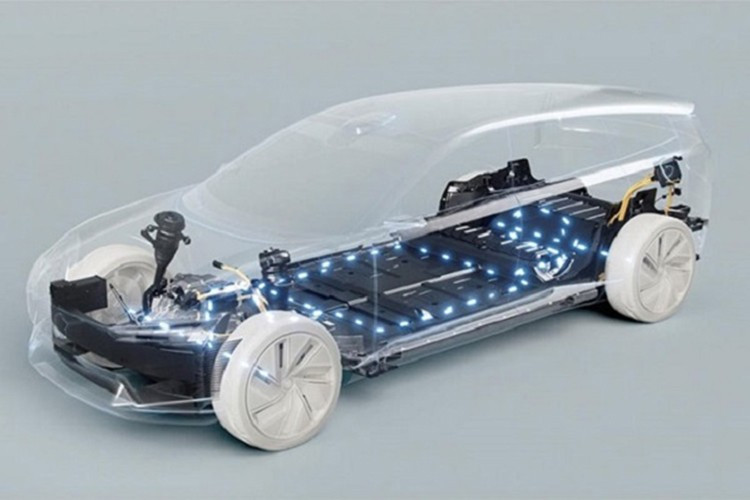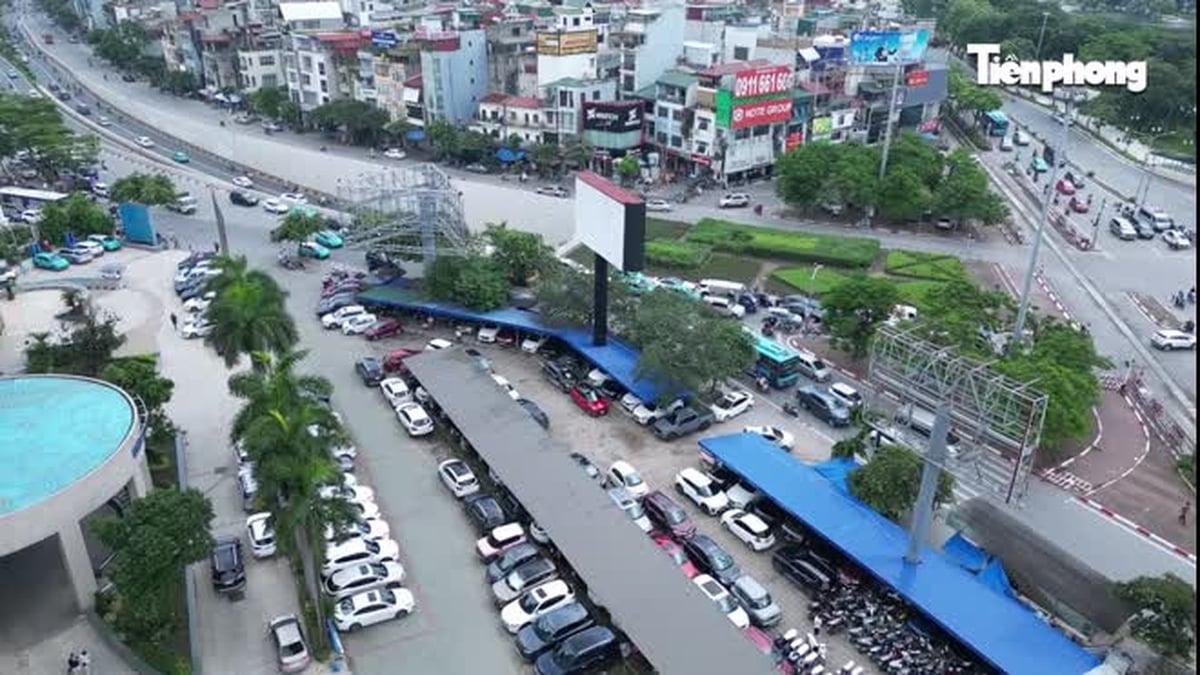The phenomenon of electric cars consuming battery power even when not in use makes many users wonder, even worry about the quality of the battery or the car's electrical system. However, in reality, this is not a defect but a common operating characteristic of electric cars. Unlike gasoline cars, electric cars have many features that continue to operate in the background even when they stop because the car draws energy directly from the battery. This inadvertently causes the car's battery capacity to continuously decrease even when the user has parked the car and is no longer using it.
Seat belt latch not removed
One of the reasons why electric cars lose battery power even when not moving is because the seat belt pin is not completely removed. Many drivers, especially those new to electric cars, have the habit of inserting a fake pin or looping the seat belt behind their back to avoid warnings from the system.

However, unlike gasoline vehicles, where the seat belt latch on an electric vehicle remains plugged in, the vehicle may not shut down completely, resulting in some electrical systems remaining active.
This not only drains the main battery but also the 12V battery – which supplies power to the vehicle’s auxiliary systems. If this continues for a long time, the battery drain can become significant, affecting the vehicle’s actual driving range.
Camping mode
Many electric cars today, including VinFast models, are equipped with a "camping" mode, allowing users to maintain entertainment features, air conditioning or heating systems even when the car is turned off and the doors are locked. This feature is especially useful on long trips, allowing passengers to rest comfortably without having to start the car.

However, if this mode is left on while the vehicle is parked overnight or for a long period of time without being used, it can consume 7-10% of the high-voltage battery capacity, depending on weather conditions and usage time. At low ambient temperatures, the loss can be even greater because the system has to work harder to maintain the temperature in the vehicle. Forgetting to turn off this mode not only significantly reduces the driving range when using the vehicle the next day, but can also affect the battery life if the vehicle is often left in a passive energy consumption state.

Unlike gasoline cars, electric cars have many smart technologies, with systems that can continue to operate even when the car is stopped. Therefore, the driving experience with electric cars does not stop at how to operate on the road, but also includes the habit of checking the car's condition before and after each trip. To optimize battery life and avoid unwanted energy loss, users need to raise their awareness, proactively turn off unnecessary modes and carefully check the system before leaving the car.
Source: https://khoahocdoisong.vn/nhung-loi-cua-nguoi-dung-khien-xe-dien-van-hao-pin-du-khong-di-chuyen-post2149041405.html








![[INFOGRAPHIC] LG xboom AI: The coolest Gen Z portable speaker this summer](https://vphoto.vietnam.vn/thumb/1200x675/vietnam/resource/IMAGE/2025/7/29/db13af6569c24d0582b8a1c82e7cecd2)




















![[Photo] National Assembly Chairman attends the seminar "Building and operating an international financial center and recommendations for Vietnam"](https://vphoto.vietnam.vn/thumb/1200x675/vietnam/resource/IMAGE/2025/7/28/76393436936e457db31ec84433289f72)







































































Comment (0)